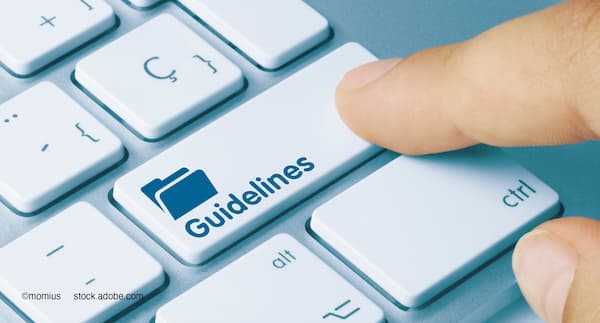Commentary
Video
How EyeCon celebrates the grit of industry evolution
Author(s):
Cochair Kelly K. Nichols, OD, PhD, MPH, FAAO, highlights her passion for dry eye research and the vital collaboration between ophthalmology and optometry at EyeCon.
EyeCon 2024 will be here before long, and cochair Kelly K. Nichols, OD, PhD, MPH, FAAO, sat down with our editorial team to discuss her lifelong dedication to dry eye research, commitment to education, and allegiance to EyeCon. Along with Peter J. McDonnell, MD; Oluwatosin U. Smith, MD; and A. Paul Chous, OD, MA, FAAO, Nichols will chair the 4th annual EyeCon, on September 27 to 28, 2024, in Fort Lauderdale, Florida.
To learn more about or to register for EyeCon 2024, click here.
Video Transcript:
Editor's note: The below transcript has been lightly edited for clarity.
Emily Kaiser Maharjan, Assistant Managing Editor, Optometry Times: I know that your passion is in dry eye disease, and you’ve done a lot of really important research on the subject across all of your career. Do you have any favorite studies or pet projects that you remember particularly fondly?
Kelly K. Nichols, OD, MPH, PhD, FAAO, and Program Cochair for EyeCon 2024: My original work was with postmenopausal women who were involved in the Women’s Health Initiative. It was a big study that was run across the country. And I was fortunate to see patients at one of the clinical sites at Ohio State University. It was fun to do a smaller project that is part of this big, big study that was ongoing. So that was notable. And then more recently, I’ve had the chance to work with a number of start-up companies who are starting to get therapeutics approved. Sometimes I’ve helped with study design, and sometimes I’ve been a clinical site. But it’s really neat to see those [reach] fruition, especially if it’s approved, because that’s something that’ll be out there for docs to use in their toolbox to help take care of patients better. I’ve liked that sort of arc in the understanding of dry eye, but then, importantly, getting more therapeutics for patients.
Kaiser Maharjan: You’ve been extensively published throughout your career. How do you feel that research has changed? And how would you like to see it evolve even further?
Nichols: It’s interesting, because when I first started, there was 1 paper that talked about dry eye. It was called [Report of the National Eye Institute/ Industry Workshop on Clinical Trials in Dry Eyes]; it was published in 1995. And that was about the time I was starting my research. It had some forward-looking statements—we now call them unanswered question—in the conclusion, which was really only 1 paragraph. There were probably 4 or 5 different things that I highlighted in that paragraph that were items to be looked at, which then kept me busy for many years in trying to add some literature to address those issues and concerns. And there were a lot of other people who were doing the same.
Following that, the Tear Film and Ocular Surface Society has had many of these similar white papers written about dry eye, the DEWS workshops. Now it’s in its third phase. There’ll be a DEWS III report out soon, probably in about a year. Through all those, you see the significant numbers of people doing dry eye research, a significant number of papers being published in dry eye, [meibomian gland disease], and other ocular surface disease, and it’s just grown exponentially over these years. That’s really remarkable that you can see a topic go from being in its infancy to now, when it’s just so mainstream.
Kaiser Maharjan: What keeps you coming back to chair EyeCon?
Nichols: We’ve seen growth over the years; the first year was virtual because of where we were in life. This will be our third in-person meeting. And I think every year we’ve [followed] the same theme of having the joint panels on the first day and then having separate panels in the day where we break out to optometry and ophthalmology. Having that interaction between optometry and ophthalmology has been really fantastic. So that keeps me coming back.
Also, the caliber of the speakers! We have somehow managed to get some of the brightest and best clinical minds to be on stage and on panels. It’s groups of people who might not normally be on a panel together. I do really believe that the audiences prefer a panel discussion. Because of that, it’s not just 1 or 2 people who are providing you with a whole day’s worth of education; you really do get 1 hour’s worth of topic by some pretty amazing people. It is a fast-paced, fun panel discussion with amazing speakers. That keeps me coming back as well to be chair because I know that every year is going to have that level of quality.
Newsletter
Don’t miss out—get Ophthalmology Times updates on the latest clinical advancements and expert interviews, straight to your inbox.




